ROOM: The Space magazine is one of the major magazines on space exploration, technology and industry. At ROOM, we share a common objective – advancement of peaceful space exploration for the benefit of humankind, all while bringing you incisive articles on a variety of current topics. Our authors include experts and industry leaders from all over the world, which lets us bring you the most up-to-date and comprehensive information about kepler space telescope exoplanet.
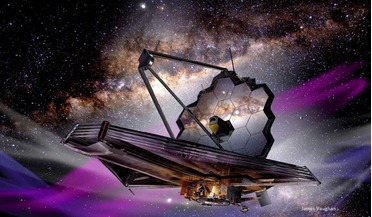 May 2022
Essential guide to the James Webb Space Telescope
May 2022
Essential guide to the James Webb Space Telescope
...around nearby worlds. Although we have planned extraordinary science, we cannot imagine the universe the James Webb Space Telescope is about to reveal. WST is not ‘Hubble’s Replacement’ but ‘Hubble’s Successor’, designed to build...JWST. Another motivation for selecting an infrared space telescope comes from our recent advances in the field of exoplanets; worlds orbiting other stars. With over 5000 known exoplanets, we are progressing from the Era ...
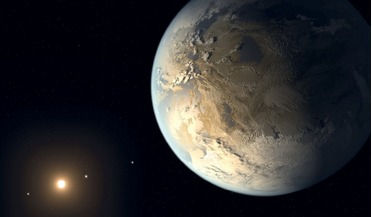 August 2018
Exoplanet census promises radical discoveries
August 2018
Exoplanet census promises radical discoveries
... 51 Pegasi on a four-day orbit to the remarkable discoveries of NASA’s Kepler space telescope, progress has been rapid and surprising. The vast majority of the more than 3,700 known exoplanets are unlike any of the planets in our solar system...
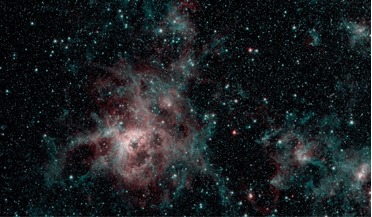 May 2020
Space astronomy at the limits of technology
May 2020
Space astronomy at the limits of technology
...Jet Propulsion Laboratory in Pasadena, California, on 30 January 2020. My first Great Observatory was the Hubble Space Telescope (HST). I was a team member on the high resolution spectrograph, which was one of the ...the optical surfaces, so you have to cool them as much as possible. An artist’s concept depicting the Spitzer Space Telescope in space much as it would appear at the end of its mission on 30 January 2020, with a backdrop depicting the...
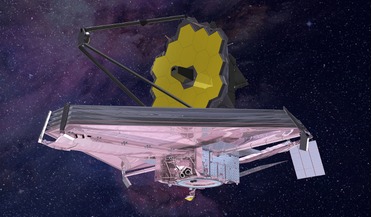 28 March 2018
Woes for Webb as the space telescope is delayed again
28 March 2018
Woes for Webb as the space telescope is delayed again
...allocated by U.S Congress for the development of Webb. If the project goes beyond the $8 billion cost cap, the space telescope will have to be reauthorised by Congress and the potential for further delays increases. But, do any missions lift... off without a hitch? Let's not forget JWST’s predecessor, the Hubble Space Telescope. Hubble, which was the JWST of its time, was also beset by numerous technical delays and budget...
 24 November 2021
Astronomers discover more than 350 possible new exoplanets
24 November 2021
Astronomers discover more than 350 possible new exoplanets
...identified 366 new exoplanets and 17 new multi-planet systems, including one with two Saturn-sized gas giant planets located unusually close to one another. Launched by NASA on 7 March, 2009, the Kepler space telescope has in its...this “Second Light" mission lasted as long as Kepler’s first exoplanet hunt and bumped its count of surveyed stars up to more than 500,000. But, after nine years in deep space, Kepler ran out of fuel and NASA decided to ...
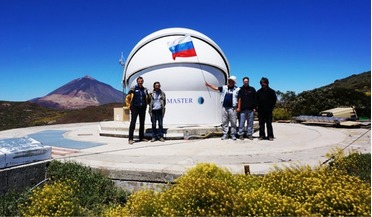 February 2017
Global robotic network for monitoring near-Earth and outer space
February 2017
Global robotic network for monitoring near-Earth and outer space
...in 2011. Not only that, but robotic telescopes now discover hundreds and thousands of new small bodies in and outside of the Solar System from exoplanets to dangerous asteroids and meandering comets. The ... of Jupiter which is 8.6 km in diameter, has an absolute magnitude of 21 and the visible light limit of the Hubble Space Telescope is 32. The angular speed of movement can reach 20-50 degrees per second. In recent years, the MASTER system has...
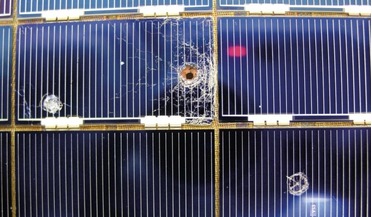 February 2021
Space archaeology - preserving our orbital heritage
February 2021
Space archaeology - preserving our orbital heritage
... but now awaiting the inevitability of atmospheric drag and gravity to take effect. The Hubble Space Telescope - cultural as well as scientific icon. Harvest option The threat posed by debris within the.... Case study One notable space asset within the space heritage discussion is the Hubble Space Telescope (HST). Launched in 1988 aboard Space Shuttle Discovery, it is clear that the venerable space telescope has a limited future lifespan...
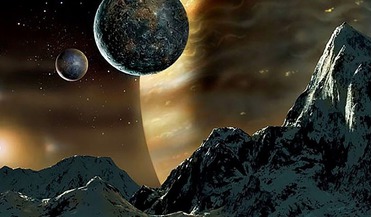 March 2016
Why We Need Space Artists
March 2016
Why We Need Space Artists
... same sort of comments when photography was invented, when digital art became available, when the Hubble Space Telescope sent back its first amazing images of distant stars and nebulae. . . But let’s take a look at ...thermal areas that seemed like the gates of Hell itself. In deep space - the province of stars, nebulae and galaxies - even the Hubble Space Telescope and developments in terrestrial observing have not superseded but only provided much...
 February 2020
Preserving our space heritage
February 2020
Preserving our space heritage
... would wish to preserve as important parts of our space heritage in some kind of space museum? Save our satellites Scientific satellites such as the Hubble Space Telescope (HST) have contributed enormously to our understanding of... the latter question is perhaps an easier one to address. Scientific satellites such as the Hubble Space Telescope (HST) have contributed enormously to our understanding of the universe and are surely worth preserving. ...